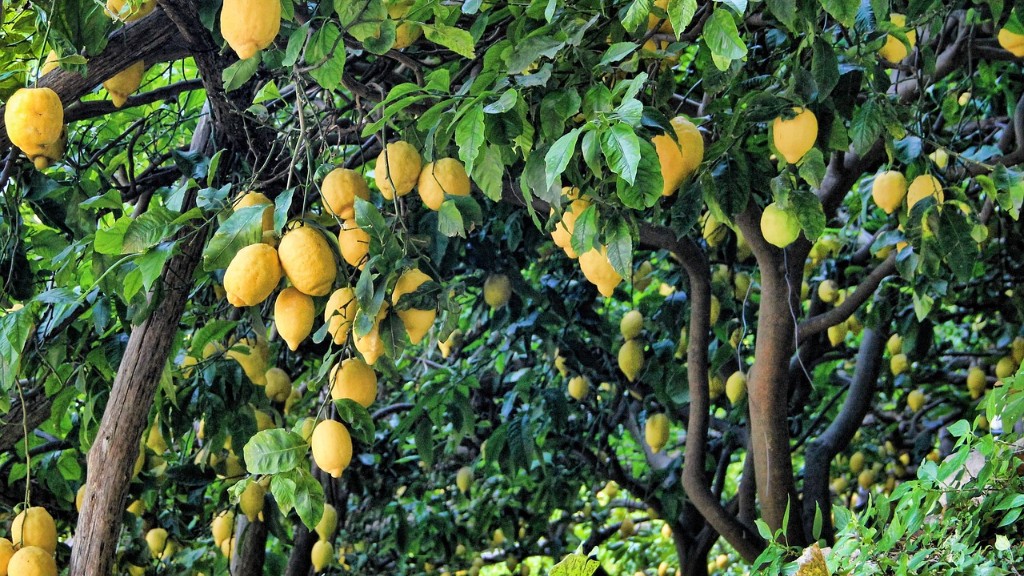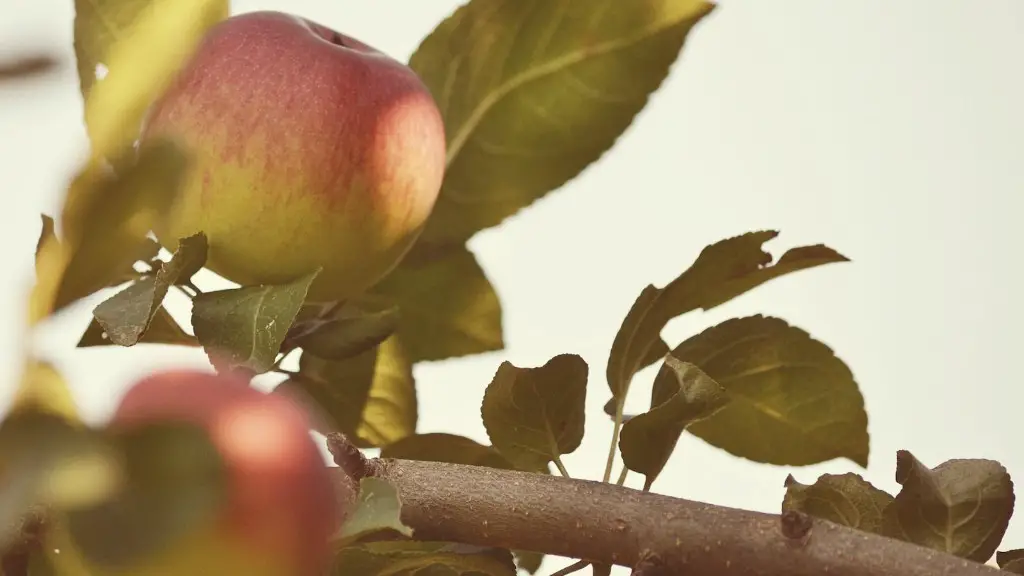Introduction
Hass avocados are incredibly popular across the world. Delicious and packed with healthy ingredients, many people love the idea of growing their own avocado tree in the comfort of their own home. A perfect warm climate with adequate sunlight is one of the main conditions for growing a healthy Hass avocado tree, raising an interesting question: can you grow a Hass avocado tree in Florida? In this article, we’ll explore this topic further and discuss whether it’s possible to grow a Hass avocado tree in Florida, what challenges may come with it, and what tips you can use if you ever decide to try and do it.
Climate Considerations
Hass avocados thrive best in places with a warm climate. According to the USDA, this type of avocado tree should be grown in US zones 9b-11. Moreover, the tree will require some cold to develop, as it’s part of the natural cycle. In Florida, however, it may get too hot and humid for the Hass avocado tree. On the other hand, in colder areas such as North Florida and the Panhandle, the climate might be too cold during winter time, and therefore, the tree can suffer. This means that with the right precautionary measures, this type of avocado tree might be grown in Florida, but with the risk of not becoming productive, as the climate is pretty unpredictable.
Direct Sunlight
Another important factor to consider is the amount of sunlight avocados require. According to experts, Hass avocados need 6 to 8 hours of direct sunlight each day in order to thrive. Based on this, the best places to plant this type of avocado tree in Florida are in the southern part, such as the Miami area, which is seen as a perfect spot for this purpose.
Watering Habits
It’s no surprise that giving the tree the right amount of water is also essential for its natural growth. Considering Florida’s naturally humid and hot climate, it’s best to keep an eye on the soil’s moisture; too much water can lead to root rot. The tree will need much water during the warmer periods, but you should also reduce it during winter. This way, the tree will be able to withstand cold weather.
Pruning
Pruning is also incredibly important, and you’ll need to focus on it more than some other pruning needs, as the tree grows more leaves and new growths faster in more humid climates. This means you’ll have to cut excess growth with more regularity to get the desired shape. If kept unchecked, excessive pruning can damage the natural form of the tree, hence you need to be careful about it.
Fertilizing
If you want to fertilize the avocado tree in Florida, you should stick to organic fertilizers or slow-release solutions. This is because they are non-toxic and can properly break down the nutrients in the soil. Also, depending on the type of soil you have, you may also need to use supplements every few months to keep the avocado tree healthy.
Pest Management
Florida is known for its high insect population; this means that some pests may be a problem for your Hass avocado tree. Thus, it’s important to keep pests away from it. This can be done by regularly checking the ground for signs of activity and treatments with insecticides tailored to those conditions. This can help reduce the number of pests that can attack the tree, allowing it to grow without too many issues.
Preparing For Winter & Cold
During its initial stages, a tree may suffer from cold temperatures and heavy frost. While Florida is warmer in general, that doesn’t mean temperatures don’t ever drop down. Therefore, you should invest in a frost cover and plastic sheeting to cover the avocado tree if necessary. This will help protect the tree against cold spells and keep it warm and safe.
Harvesting & Storing Avocados
One of the main questions people have is, “When can I start harvesting my avocados?” Avocado trees usually produce fruit after they’ve been growing for 3 to 4 years, depending on the climate and other factors. As for the storing of avocados, the fruit can stay fresh for up to 5 days at room temperature and can last up to 2 months if stored in the fridge, which can come in handy for keeping them fresh for longer periods of time.
Pros & Cons Of Growing Hass Avocado In Florida
Growing Hass avocados in Florida does come with a lot of advantages and disadvantages. On the positive side, Florida has a lot of warmth and humidity, which is perfect for this species of avocados. There is also plenty of sunlight and increased chances of fertility. On the downside, there’s a higher chance of the tree being harmed by pests and the unpredictability of the climate might make it hard to keep the tree in good health. Also, the considerable humidity in Florida can have a negative effect on the tree and it might not reach its full potential.
Final Preparations & Care
When you’re all set with the prep, the last step is to make sure the tree starts growing correctly. This involves surrounding the tree with mulch, which reduces the chance of weeds growing and keeps the pests away. It also helps the soil stay moist, as well as adding vital nutrients into the soil. You should also monitor the tree for signs of diseases and pests, and watch out for any foliage that might appear to be discolored or wilted.
Location & Varieties
If you’re in Florida and you’re looking to grow an avocado tree, it’s essential to choose the right location for it. If you get the setting right, you might be able to grow multiple varieties of avocados, depending on what your area offers. It’s important to research the varieties that grow well in Florida and select the ones that are more adapted to the climate they’re grown in.
Soil Quality & Nutrient Balance
Having the right type of soil and nutrients can have a huge impact on the tree’s health and fruit production. Avocado trees will prefer soils with pH levels between 5.5 and 6.5, while also having good drainage. Organic matter is also an important soil component and helps to add nutrient content and improve the quality of the soil. For Hass avocado trees to produce quality fruit, they’ll need to have access to a wide range of nutrients, including nitrogen, potassium, magnesium, and other trace elements.
Grafting & Propagation Tips
Propagation and grafting are methods used in the avocado industry to create new tree varieties. In both cases, you’ll need to choose a rootstock and scion, which will depend on the variety of tree you wish to grow. Grafting and propagation require skill, specialization, and knowledge, so if you decide to do it yourself, it’s important to research and understand the basics of it first.
Planting & Maintaining The Tree
Once you have the tree picked and you have prepared the soil, you’ll need to consider the best time to plant the tree. In Florida, it’s usually possible to grow avocado trees year-round, although it’s usually considered healthier and more successful to plant them in summer. To maintain the tree, you will need to make sure it gets the adequate amount of water and access to sunlight, as well as paying regular attention to the soil quality.
Wrap Up
Overall, growing a Hass avocado tree in Florida can be done, but it is not without its challenges. It may require extra care and attention than other climates, such as more frequent pruning, pest control, and careful monitoring of the soil. It’s also important to remember that the climate in Florida can be unpredictable, so be sure to take all the necessary precautions if you ever decide to grow an avocado tree in this area.



